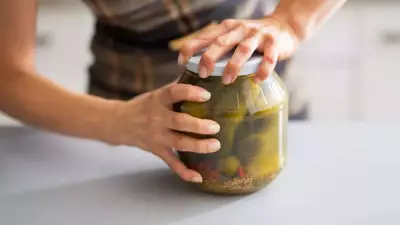
In the heart of Jharkhand's Ghatshila region, an ancient tradition hangs in the balance as local potters, known as Kumhars, fight to keep their centuries-old craft from disappearing forever. These skilled artisans, who have shaped clay into beautiful terracotta creations for generations, now find themselves at a critical crossroads.
The Struggle for Survival
The potters' community faces multiple challenges that threaten their very existence. Rising material costs, particularly for firewood needed in their kilns, have made production increasingly expensive. Meanwhile, changing market dynamics and competition from mass-produced plastic and metal alternatives have dramatically reduced demand for their traditional earthenware.
"Our ancestors have been practicing this craft for centuries," explains a third-generation potter from the community. "But today, we struggle to make ends meet. The younger generation sees no future in this work and is moving to cities for better opportunities."
A Plea for Preservation
The artisans have outlined specific requests to help revive their dying art:
- Financial assistance to cope with rising raw material costs
- Modern equipment and technology to improve efficiency while maintaining traditional techniques
- Marketing support to reach wider markets and showcase their unique creations
- Training programs to attract younger generations to the craft
- Recognition as an important cultural heritage that deserves preservation
Cultural Heritage at Risk
Ghatshila's pottery isn't just a source of livelihood—it represents a living cultural legacy that connects modern Jharkhand to its ancient roots. The distinctive terracotta artifacts, including traditional cooking vessels, decorative items, and religious figurines, embody generations of skill and cultural knowledge.
Local community leaders emphasize that without immediate intervention, this precious cultural heritage could vanish within a generation. They argue that preserving such traditional crafts is essential for maintaining cultural diversity and providing sustainable livelihoods in rural areas.
The potters remain hopeful that their appeal will reach the right ears in government corridors. They believe that with proper support, they can not only survive but thrive, adapting their ancient craft to contemporary markets while preserving their rich cultural legacy for future generations.





